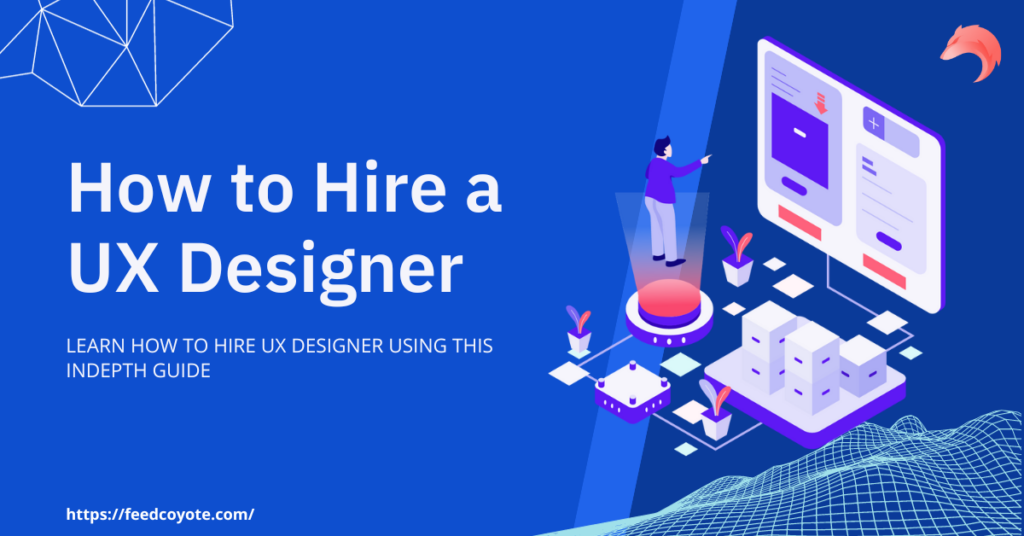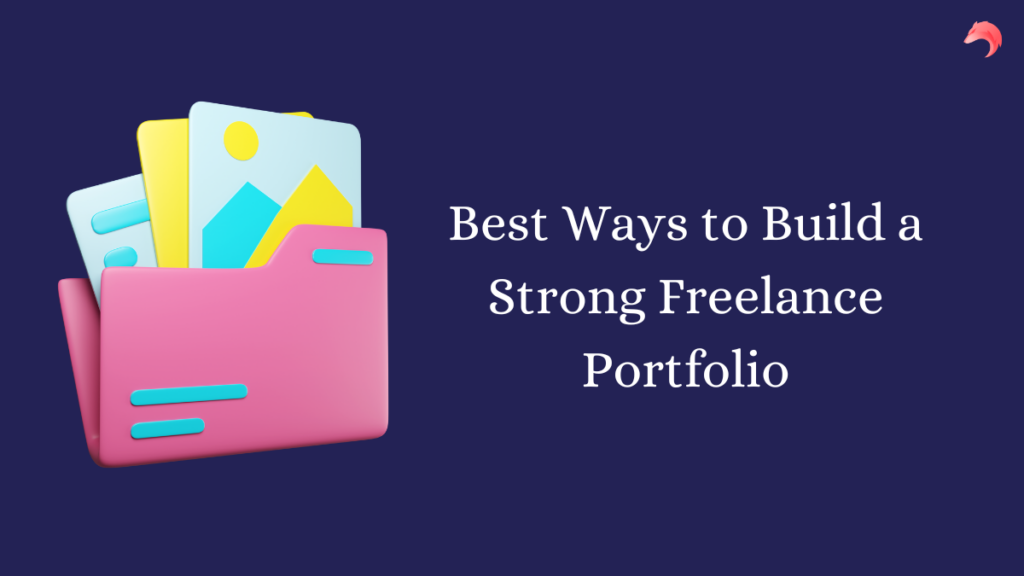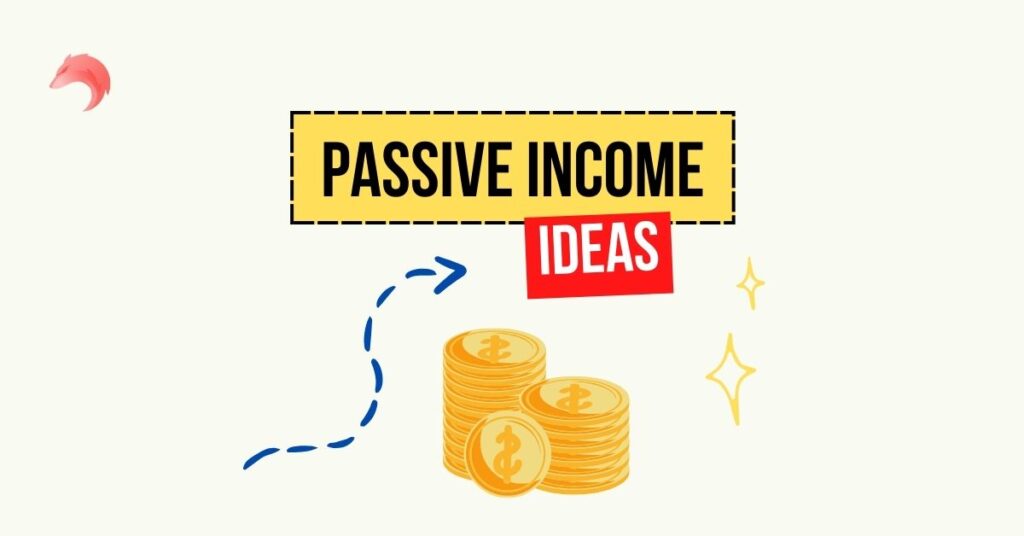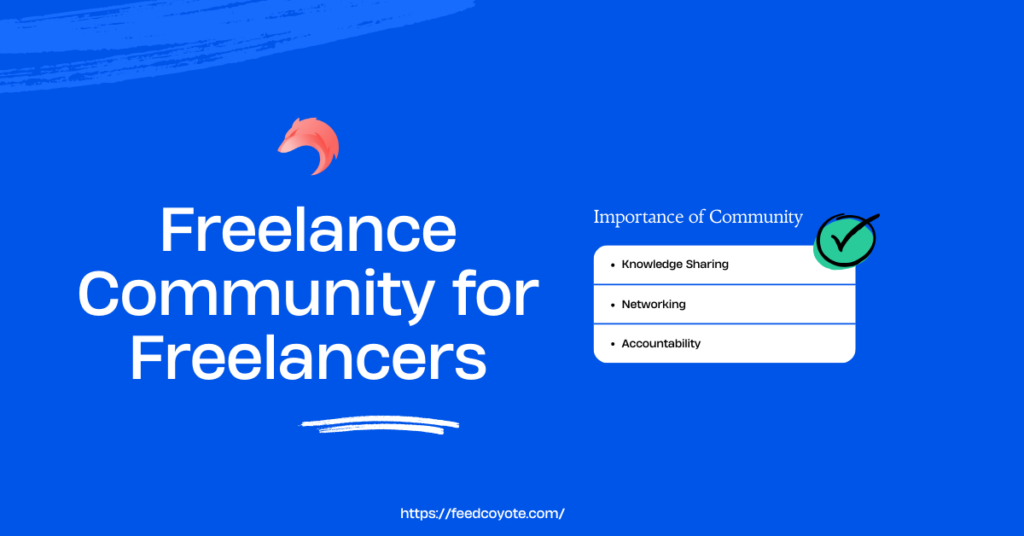In today’s digital age, user experience (UX) plays a pivotal role in the success of any online venture. Whether you are launching a new website, mobile app, or software, hiring the right UX designer can make all the difference. In this comprehensive guide, we will walk you through the process of hiring a UX designer, from defining your needs to the interview process and finally welcoming them into your team. So, let’s delve into the fascinating world of hiring a UX designer.
Before diving into the hiring process, it’s crucial to have a clear understanding of what a UX designer does and how their role can impact your online venture.
Understanding the Role of a UX Designer
A UX designer is responsible for creating a seamless and enjoyable experience for users interacting with your website, app, or software. They focus on understanding user behavior, conducting research, creating wireframes and prototypes, and testing usability to ensure that the final product meets the needs and expectations of your target audience.
A skilled UX designer will not only enhance the usability of your digital product but also increase user satisfaction, engagement, and ultimately drive conversions. They work closely with stakeholders, developers, and other team members to align design decisions with business goals and user needs.
By investing in hiring a talented UX designer, you are investing in the success of your online venture. Their expertise can help differentiate your product from competitors, improve brand reputation, and ultimately lead to increased customer loyalty and retention.
Now that you have a better understanding of the role of a UX designer, let’s move on to defining your needs and requirements before starting the hiring process.
Assessing Your Needs
1. Identify the goals of your Business: Before hiring a UX designer, it’s important to clearly define the goals and objectives of your website, app, or software. Are you looking to increase user engagement, simplify the user interface, or improve conversion rates? Understanding your specific needs will help you find a designer who can effectively meet those goals.
2. Determine your target audience: Who are your users and what are their needs and preferences? A UX designer will tailor the design of your digital product to meet the expectations of your target audience. Consider conducting user research or creating user personas to better understand the demographics and behaviors of your users.
3. Assess your current design challenges: What are the pain points in your current design that need to be addressed? Whether it’s poor navigation, slow loading times, or lack of mobile responsiveness, identifying these challenges will help you communicate them clearly to potential UX designers during the hiring process.
4. Set a budget and timeline: Hiring a UX designer is an investment in the success of your online venture, so it’s important to set a realistic budget and timeline for the project. Consider factors such as experience level, project scope, and desired deliverables when determining how much you are willing to spend on hiring a UX designer.
By assessing your needs and requirements before starting the hiring process, you can ensure that you find a UX designer who is well-suited to meet your specific goals and objectives. This initial step will set the foundation for a successful collaboration that ultimately leads to an enhanced user experience for your digital product.
Creating a Compelling Job Description
When creating a job description for hiring a UX designer, it’s important to highlight the key responsibilities, qualifications, and skills required for the role. Here are some tips to help you create a compelling job description:
1. Start with an engaging introduction: Begin your job description with a brief overview of your company and the exciting opportunity for a talented UX designer to join your team. Highlight what makes your online venture unique and why this role is crucial for its success.
2. Outline the key responsibilities: Clearly outline the main responsibilities of the ideal candidate, such as conducting user research, and user journeys, creating wireframes, and prototypes, making visual design & testing usability, and collaborating with stakeholders. Emphasize the importance of enhancing user experience and driving business goals through design decisions.
3. Specify required qualifications and skills: List the qualifications and skills that are essential for the role, such as a degree in UX design or related field, soft skills, proficiency in design tools like Adobe XD or Sketch, knowledge of usability principles, and strong communication skills. Mention any specific experience or certifications that are preferred but not required.
4. Highlight desired traits: In addition to technical skills, mention any desired traits that would make a candidate stand out, such as creativity, attention to detail, problem-solving abilities, and a passion for user-centric design. These qualities can help you find a candidate who is not only skilled but also fits well within your team culture.
5. Provide information on benefits and opportunities: Include details about benefits such as competitive salary, flexible work arrangements, professional development opportunities, and potential for growth within the company. This can attract top talent who are looking for more than just a job but a long-term career opportunity.
6. End with clear instructions on how to apply: Provide specific instructions on how candidates can apply for the position, whether it’s through an online application form, email submission of resume and portfolio, or any other method. Include any deadlines or additional requirements for submission.
By following these tips and crafting a well-written job description that effectively communicates your needs and expectations for hiring a UX designer, you can attract qualified candidates who are motivated to contribute to the success of your online venture through their expertise in user experience design.
Where to Find UX Designers
If you are looking to hire a UX designer for your online venture, there are several places where you can find qualified candidates. Here are some options:
1. Job boards: Post your job listing on popular job boards such as Indeed, Glassdoor, and LinkedIn. These platforms attract a large number of job seekers, including experienced UX designers looking for new opportunities.
2. Design communities: Join online design communities and forums like Dribbble, Behance, and Designer Hangout. These platforms allow you to connect with talented UX designers and showcase your job opening to a targeted audience.
3. Social media: Utilise social media platforms like Twitter, Facebook, and Instagram to promote your job listing. You can also join UX design groups on LinkedIn or Facebook to network with professionals in the field.
4. Freelance websites: Consider hiring a freelance UX designer through websites like Feedcoyote, Freelancer, or Toptal. These platforms allow you to browse profiles, portfolios, and reviews of potential candidates before making a hiring decision.
5. Referrals: Reach out to your professional network for referrals or recommendations of experienced UX designers. Word-of-mouth recommendations can lead you to top talent who may not be actively searching for job listings.
6. Design agencies: Contact design agencies that specialize in user experience design and inquire about their available talent pool or freelance resources. They may be able to recommend qualified candidates for your project.
By exploring these avenues and leveraging different channels to find UX designers, you can increase your chances of attracting skilled professionals who can help elevate the user experience of your digital product.
Explore various channels to find UX designers, including job portals like LinkedIn and Indeed, or freelancing websites such as Feedcoyote. You can also tap into professional networks and forums dedicated to UX design.
Reviewing Portfolios
When reviewing portfolios of potential UX designers, it’s important to look for a few key elements:
1. Quality of work: Look for examples of the candidate’s design work and assess the overall quality. Pay attention to the visual appeal, usability, and functionality of their projects.
2. Problem-solving skills: Evaluate how the candidate approaches design challenges and solves problems. Look for evidence of critical thinking, creativity, and innovative solutions in their portfolio.
3. User-centric approach: Check if the candidate demonstrates a strong understanding of user needs and preferences in their designs. Look for projects that prioritize user experience and usability.
4. Adaptability: Consider whether the candidate has experience working on different types of projects or industries. Look for versatility in their portfolio that shows they can adapt to various design requirements.
5. Collaboration: Assess how well the candidate works with others by looking for examples of team projects or collaborations in their portfolio. Strong communication and teamwork skills are essential in UX design roles.
6. Results: Look for measurable results or outcomes from the candidate’s past projects, such as increased user engagement, improved conversion rates, or positive feedback from users or clients.
By carefully reviewing portfolios with these criteria in mind, you can identify candidates who not only have the technical skills but also possess the qualities that align with your desired traits for a successful UX designer role.
Top Interview Questions for UX Designer Candidates
When interviewing potential UX designer candidates, it’s important to ask specific questions that will help you assess their skills, experience, and fit for the role. Here are some sample interview questions you can use:
1. Can you walk me through a recent UX design project you worked on? What was your role in the project and what were the key challenges you faced?
2. How do you approach user research and gathering insights to inform your design decisions?
3. Can you talk about a time when you had to pivot or adjust your design based on user feedback or data analytics? How did you handle this situation?
4. Tell me about a time when you had to collaborate with cross-functional teams (such as developers, product managers, or marketers) on a project. How did you ensure alignment and successful outcomes?
5. How do you stay updated on industry trends and best practices in UX design? Can you provide examples of how this knowledge has influenced your work?
6. Have you ever had to prioritize competing design requirements or stakeholder feedback in a project? How did you handle this balancing act?
7. Can you share examples of how your design solutions have led to measurable improvements in user engagement, conversion rates, or other key performance indicators?
8. How do you handle constructive criticism or feedback on your designs? Can you give an example of how this feedback has helped improve your work?
9. What tools and software do you typically use in your UX design process? Are there any new tools or techniques that you’re currently exploring or interested in learning more about?
10. Why are you interested in this position and what makes you a good fit for our company culture and values?
By asking these types of questions during the interview process, you can gain valuable insights into the candidate’s experience, problem-solving skills, collaboration abilities, and overall passion for UX design. This will help ensure that the candidate is not only technically skilled but also aligned with your team’s goals and values.
Remember to also provide candidates with an opportunity to ask questions about the role, team dynamics, company culture, and any other aspects that are important to them. This two-way communication will help both parties determine if there is a good fit for mutual success in the UX designer role.
Contract and Compensation
When discussing contract and compensation with potential UX designer candidates, it’s important to be transparent and open about the terms of the agreement. Here are some key points to consider:
1. Contract Type: Clarify whether the position is for a full-time, part-time, contract, or freelance role. Discuss the expected duration of the contract and any potential renewal options.
2. Compensation: Clearly outline the salary or hourly rate that will be offered for the position. Consider factors such as the candidate’s experience, skills, location, and market rates when determining compensation.
3. Benefits: Communicate any benefits that are included with the position, such as health insurance, retirement plans, paid time off, and professional development opportunities.
4. Work Schedule: Discuss expectations regarding work hours, flexibility in scheduling, remote work options, and any specific project deadlines that may impact the candidate’s availability.
5. Performance Metrics: Define key performance indicators (KPIs) or goals that will be used to evaluate the candidate’s performance in the role. This can help both parties align on expectations and track progress over time.
6. Contract Terms: Review any legal terms and conditions related to confidentiality agreements, intellectual property rights, non-compete clauses, termination processes, and other relevant details.
7. Negotiation: Be open to discussing potential negotiations on contract terms or compensation if needed. Listen to the candidate’s concerns or preferences and try to find a mutually beneficial agreement.
8. Communication Channels: Establish clear channels for communication between the candidate and hiring manager or HR team throughout the contract period. This can help ensure that any issues or questions are addressed promptly.
9. Onboarding Process: Provide information about the onboarding process for new hires, including orientation sessions, training programs, access to necessary tools or software, and introductions to team members.
10. Feedback Mechanisms: Explain how feedback will be collected from both parties during the contract period to address any challenges or areas for improvement proactively.
By addressing these points during discussions about contract and compensation with UX designer candidates, you can establish a strong foundation for a successful working relationship based on mutual understanding and transparency.
Onboarding and Training
When it comes to onboarding and training new UX designer candidates, it’s important to provide a comprehensive and structured program that sets them up for success. Here are some key steps to consider:
1. Orientation: Begin by providing a thorough orientation session that introduces the new hire to the company culture, team members, department structure, and overall goals and objectives.
2. Training Programs: Develop training programs that cover essential skills and tools needed for the UX designer role. This may include software tutorials, design principles, user research methodologies, and project management techniques.
3. Mentorship: Pair the new hire with an experienced UX designer or mentor who can provide guidance, support, and feedback as they navigate their role within the organization.
4. Access to Tools and Resources: Ensure that the new hire has access to all necessary tools, software, resources, and information needed to perform their job effectively. This may include design software licenses, research materials, project documents, and communication channels.
5. Hands-on Projects: Provide opportunities for the new hire to work on real projects from day one. This hands-on experience will help them apply their skills in a practical setting and gain valuable insights into the organization’s processes and expectations.
By implementing these strategies for onboarding and training UX designer candidates effectively, you can help them feel confident in their abilities, integrate smoothly into your team culture, and contribute positively to your organization’s success in the long term.
Maintaining a Successful Working Relationship
Maintaining a successful working relationship with your UX designer candidates involves ongoing communication, feedback, and support. Here are some tips to help you build and sustain a positive relationship:
1. Regular Check-ins: Schedule regular check-in meetings with your UX designer to discuss their progress, challenges, achievements, and goals. This will help you stay updated on their work and offer support as needed.
2. Open Communication: Encourage open and transparent communication between you and your UX designer. Create a safe space for them to share their ideas, concerns, and feedback without fear of judgment.
3. Feedback Culture: Establish a feedback culture where both parties can provide constructive criticism and praise to help each other grow professionally. Be specific in your feedback and offer actionable suggestions for improvement.
4. Recognition and Appreciation: Acknowledge the hard work and contributions of your UX designer regularly. Celebrate their successes, milestones, and achievements to show your appreciation for their efforts.
5. Professional Development Opportunities: Support your UX designer’s professional growth by providing opportunities for training, skill development, workshops, conferences, or certifications that align with their career goals.
By implementing these strategies for maintaining a successful working relationship with your UX designer candidates, you can foster trust, collaboration, and loyalty within your team while achieving shared goals effectively.
In conclusion, onboarding and training new UX designer candidates is a crucial process that requires careful planning and execution. By providing a comprehensive orientation, training programs, mentorship, access to tools and resources, and hands-on projects, you can set your new hires up for success in their role.
Additionally, maintaining a positive working relationship with your UX designer candidates through regular check-ins, open communication, feedback culture, recognition and appreciation, and professional development opportunities will help foster trust and collaboration within your team. By following these strategies, you can ensure that your UX designers feel supported, valued, and motivated to contribute positively to the success of your organization.
Signup for a free account on Feedcoyote and start hiring for your business today.
FAQs
- Q: What is the role of a UX designer?
A: UX designer is responsible for creating user-friendly interfaces and ensuring a seamless user experience with a digital product. - Q: Where can I find UX designers for hire?
A: You can find UX designers on job portals, freelancing websites, and professional networks dedicated to UX design. - Q: What should I look for in a UX designer’s portfolio?
A: Look for evidence of usability, aesthetics, and problem-solving in their past work. - Q:How can I foster effective communication with a UX designer?
A:Encourage open and constructive communication to ensure a successful working relationship. - Q:What metrics should I track to evaluate UX performance?
A:Key metrics include user engagement, satisfaction, and conversion rates.





